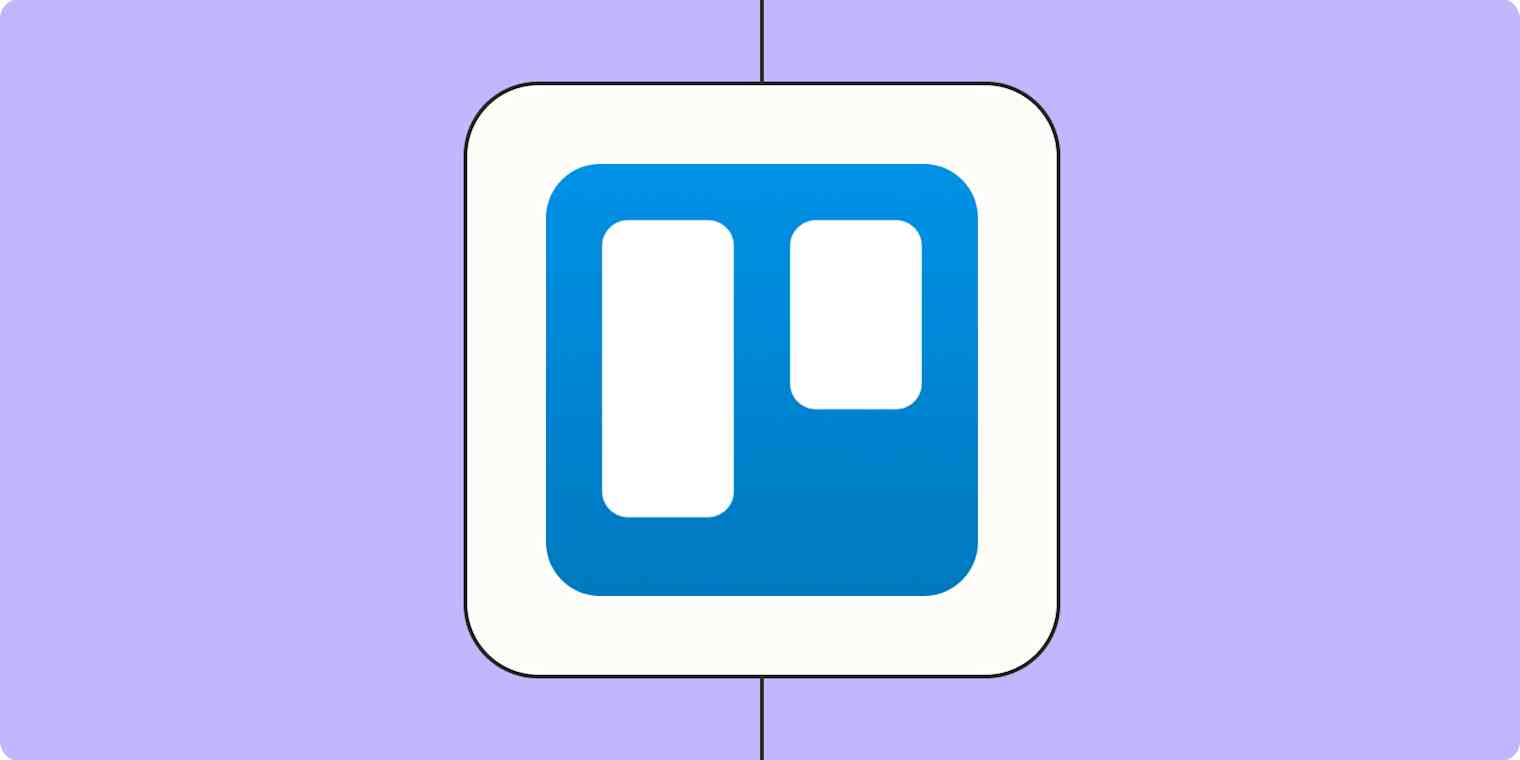Zapier tutorials
3 min readHow to use Trello for time tracking
Connect Trello to your favorite time-tracking app with automation.
By Grace Montgomery · February 29, 2024

Get productivity tips delivered straight to your inbox
We’ll email you 1-3 times per week—and never share your information.
Related articles
Improve your productivity automatically. Use Zapier to get your apps working together.








